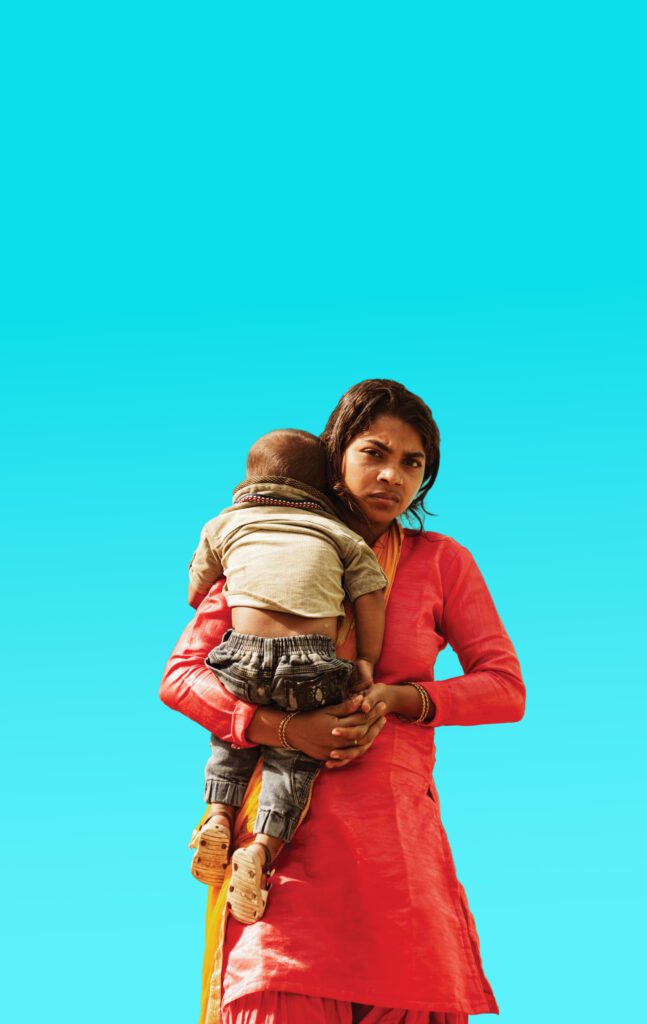
I recently used a Community Wealth Ventures convening of leading nonprofits in Cincinnati, and then a lecture at the Kennedy School in Boston, as an opportunity to discuss Share Our Strength’s unprecedented growth over the past two years. Specifically I sought to tease out and understand the key ingredients of that growth, almost as if presenting a case study. This is a unique moment in our 25 year history. And our recent experience is all but unique across the broader nonprofit sector. That makes it a valuable learning opportunity that could help others, whether within or outside the hunger field.
At Share Our Strength our revenues hovered around $13 million annually in the years between 2004-2008. We were a classic case of the nonprofit whose growth had reached a plateau. We were stuck. Then we sharpened our strategy and made investments in capacity – including a few we could not afford. Our revenues grew to about $19 million in 2009, $26 million in 2010 and they will be $34 million this year. We added 30 staff to a base of 65 in 2010 and we are hiring for 20 more now. Though improbable it was not accidental or coincidental. The specific reasons follow below.
Lesson #5:
Capacity equals impact. Because nonprofits are not typically engaged in manufacturing, or supply chain, or warehousing, capacity usually means staff and technology as opposed to equipment, facilities, etc. It is difficult to increase impact without increasing capacity. If you don’t assert the correlation between capacity and impact, then no one will assert it for you. In fact, you will fall victim to precisely the opposite bias and be measured against metrics stacked to ensure you don’t win: administrative overhead, salary, fundraising costs, etc.
All of the incentives in the nonprofit sector run against long-term investments in capacity. As Clara Miller, founder of the Nonprofit Finance Fund has explained: Philanthropy is enterprise blind and therefore enterprise unfriendly. All of the stakeholders of an organization – staff, board, donors, and beneficiaries are so committed to creating social value everywhere and all the time that they favor investing in program instead of capacity and consequently, even if unintentionally, exploit the enterprise and ultimately hollow out the enterprise.
Just as Warren Buffett has often explained that he always favors investing in building long-term competitive strengths over reaping short-term profit, organizational leadership must assert and defend the direct connection between capacity and impact.
Tomorrow: Lesson #6: Accountability is a powerful differentiator in a crowded and conmpetitive marketplace


